COVID-19 and Economy: Nepal

Nepal government enforced a nationwide lockdown in hopes to control the spread of COVID19 and closed all of its international border from the 24th of March, 2020. The lockdown although effective in the beginning, has been proven ineffective as the COVID infected people has risen exponentially. The main reason may be the infiltration of people from open border with the southern neighbor. It is estimated that Nepal’s GDP will slump down to 1.5% in 2020 from 7.1% due to the pandemic and lockdown, which might bring Nepal to a brink of a financial disaster.
Nepal achieved an annual GDP growth-rate of around 7% for the past three years. On 2nd March 2020, the government implemented the 15th periodic plan endorsed by the National Planning Commission (NPC) with an aim to achieve an economic growth rate of 9.6% in the next five years. Nepal, located between India and China at risk of a potential uncontrollable outbreak, was forced to an early lockdown. The lockdown has had an unprecedented affect in the economy. During the lockdown, almost 90% of the economic activities has halted. Nepal, a remittance reliant country, expects almost 400,000 migrant workers to return due to the pandemic. This will result in a loss of remittance and cause a sharp rise in the unemployment rate. Nepal stands to lose Rs145 Billion in remittance in 2020. The lockdown has halted almost every taxable activity. The development activities have slumped. Many private industries face potential bankruptcy as the government failed to bring proper relief packages. This could halt the economic progress for a long time and may potentially bankrupt the whole system.
The recently announced national budget for the fiscal year 2077/78 addresses some of these issues. Special provision and plans have been created to revitalize the stalled economy and to increase productivity. A provision has been made to provide concessional loans to COVID19 affected industries. A fund of Rs.500 million has been set aside to seed fund startups at 2% interests to encourage entrepreneurship for returning migrants and the youth. The refinancing budget has also been increased to Rs.100 billion for banks to provide loans to its customers at an interest of 5%. To increase development, all post-earthquake reconstruction is planned to be completed within this year. The government plans to create 700,000 new employments. System of work permit has announced to be introduced to all foreign workers to safeguard the interest of domestic workers. The government has prepared special provisions to revitalize industries directly affected due to pandemic like the travel industry, hotels, restaurants, airlines, etc. However, a detailed relief package for citizens who face a potential push towards poverty is still missing. People have less confidence in implementation of annual plan of government. The projected revenue does not suffices to cover the general expenses of the government. The budget for development work has to be relied on either from domestic borrowing or from grant/ loan from international agencies. The costly three tier administrative system will further weaken the implementation and increase the bureaucratic issues. Hence, people have less hope with the government.
Nepal now needs to focus on restarting the economy. It should look forward to completing major projects, restart Visit Nepal campaign, boost up domestic tourism, focus on increasing agricultural and industrial production, start development work massively to engage migrant youths returned from abroad, establish linkage of the agriculture products to the market to bring hope to the farmers etc. The government now should look forward to self-reliance to decrease its trade deficit. Although the pandemic response has been praised by many people in Nepal, the real test for the communist led government starts now, as citizens look forward to the situation after the lockdown.


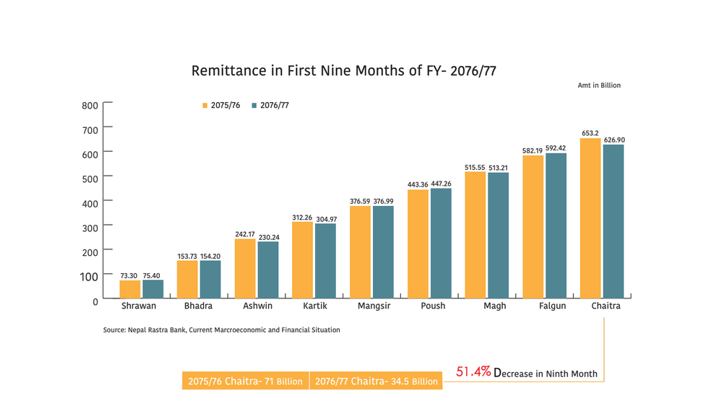
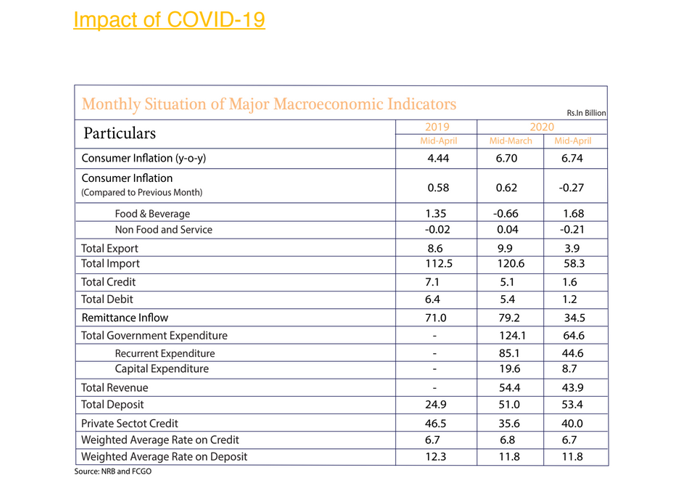


_rcn1YzUXpY.jpg)

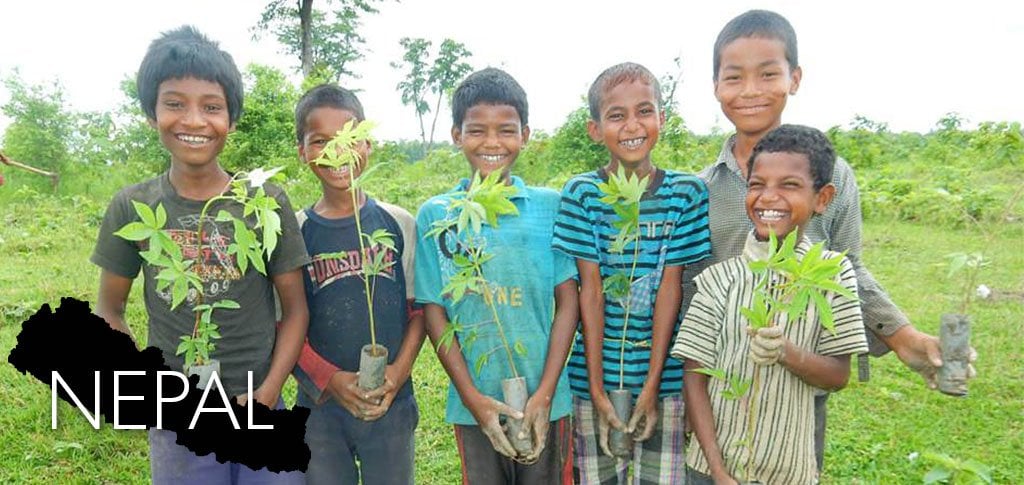
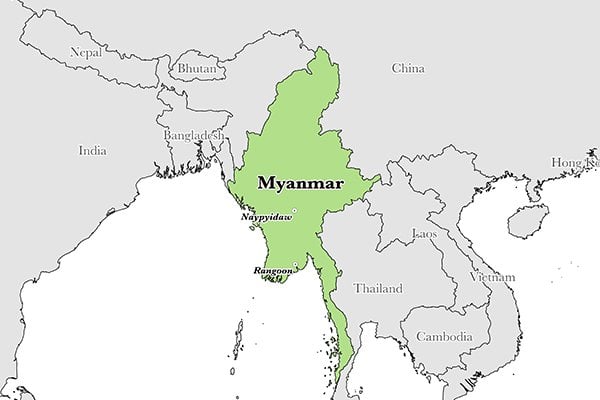

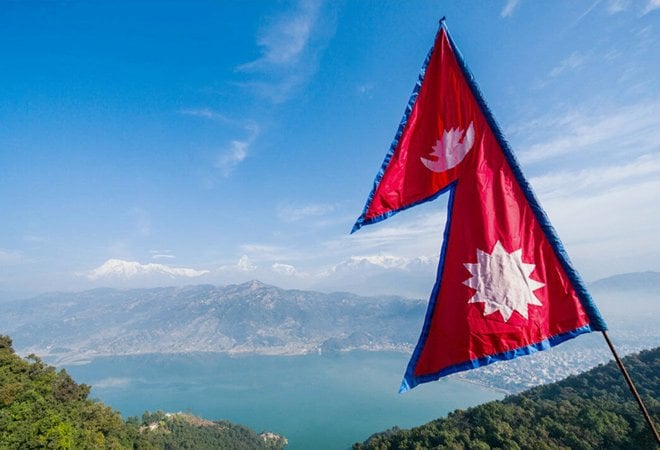
Leave Comment